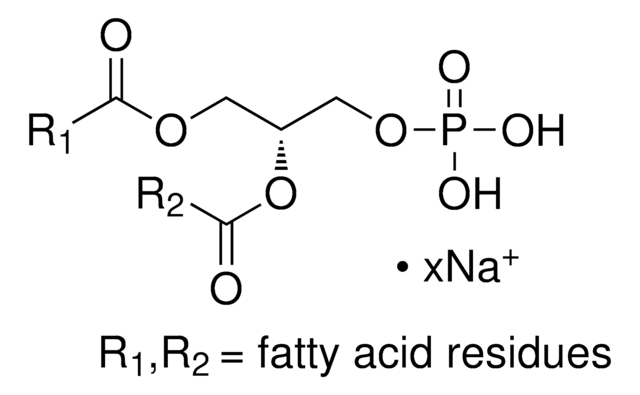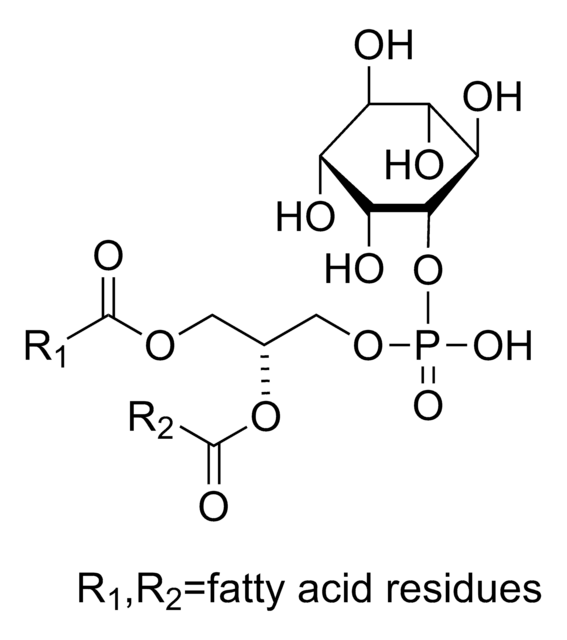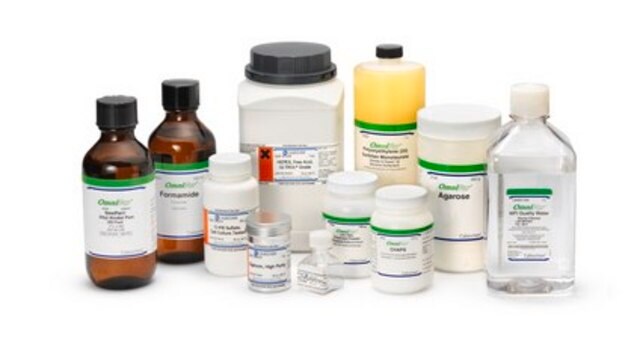A9045
Agarose, low gelling temperature
BioReagent, suitable for cell culture, suitable for insect cell culture, suitable for plant cell culture
Synonym(s):
2-Hydroxyethyl agarose
About This Item
Recommended Products
product line
BioReagent
Quality Level
form
powder
technique(s)
cell culture | insect: suitable
cell culture | mammalian: suitable
cell culture | plant: suitable
EEO
≤0.1
mp
≤65 °C ( at a 1.5% gel)
transition temp
congealing temperature 26-30 °C
gel strength
≥200 g/cm2 (1% gel)
solubility
H2O: 10 mg/mL (with heat)
anion traces
sulfate (SO42-): ≤0.10%
foreign activity
RNase and DNase free
General description
Application
- plant cell culture studies
- insect cell culture studies
- cell culture studies
It may be used for the following studies:
- Recovery of defined RNA and DNA fractions after electrophoretic separation.
- Cytochemical staining procedure to investigate the succinate dehydrogenase (SDH) activity in pre-ovulatory mouse oocytes.
- Purification of RNA in Caenorhabditis elegans by electrophoresis.
Analysis Note
Sulfate content - used as an indicator of purity, since sulfate is the major ionic group present.
Gel strength - the force that must be applied to a gel to cause it to fracture.
Gel point - the temperature at which an aqueous agarose solution forms a gel as it cools. Agarose solutions exhibit hysteresis in the liquid-to-gel transition - that is, their gel point is not the same as their melting temperature.
Electroendosmosis (EEO) - a movement of liquid through the gel. Anionic groups in an agarose gel are affixed to the matrix and cannot move, but dissociable counter cations can migrate toward the cathode in the matrix, giving rise to EEO. Since electrophoretic movement of biopolymers is usually toward the anode, EEO can disrupt separations because of internal convection.
Storage Class Code
11 - Combustible Solids
WGK
WGK 3
Flash Point(F)
Not applicable
Flash Point(C)
Not applicable
Personal Protective Equipment
Certificates of Analysis (COA)
Search for Certificates of Analysis (COA) by entering the products Lot/Batch Number. Lot and Batch Numbers can be found on a product’s label following the words ‘Lot’ or ‘Batch’.
Already Own This Product?
Find documentation for the products that you have recently purchased in the Document Library.
Customers Also Viewed
Our team of scientists has experience in all areas of research including Life Science, Material Science, Chemical Synthesis, Chromatography, Analytical and many others.
Contact Technical Service






